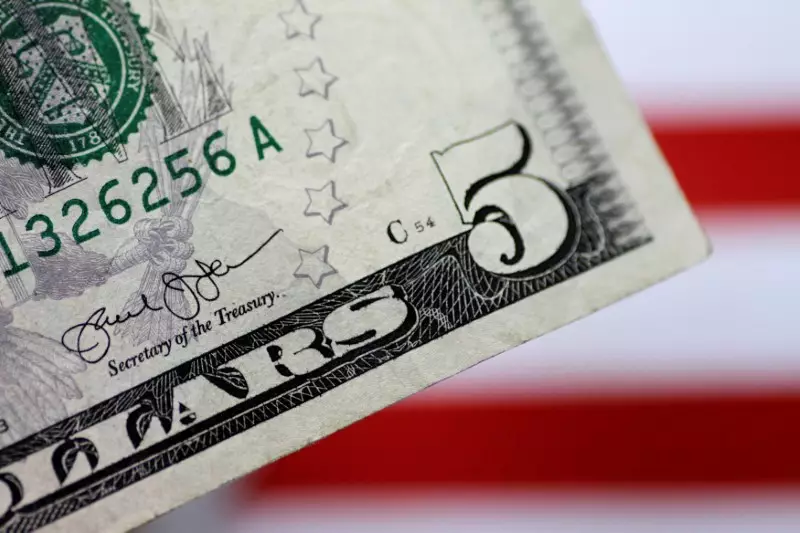Amidst reports of retaliatory strikes between Israel and Iran, Asian currencies faced a downward trend on Friday. The safe haven demand for the dollar and the Japanese yen was evident, causing most regional currencies to weaken. The impact of Federal Reserve officials’ warnings on U.S. interest rates also played a role in the decline of Asian currencies.
Multiple media reports indicating drone strikes launched against Iran by Israel heightened tensions in the region. Although initial reports suggested strikes near Iranian nuclear facilities, Iranian news agencies denied any damage. The escalating conflict between Iran and Israel could potentially lead to deteriorating geopolitical conditions in the Middle East. This uncertainty fueled demand for safe haven assets like the dollar and yen, while negatively affecting risk-driven assets in Asia.
The Australian dollar, often viewed as a key indicator of risk sentiment in Asia, weakened significantly. The South Korean won and the Singapore dollar also saw declines against the US dollar. The Indian rupee remained close to record highs above 83.5. The hawkish comments from Federal Reserve officials regarding inflation and interest rates further added to the negative sentiment towards Asian currencies.
Fed officials emphasized the possibility of maintaining higher interest rates for a longer period due to persistent inflation. Atlanta Fed President Raphael Bostic even suggested the likelihood of a rate hike if inflation remains consistent. The strong economic data from the U.S. supported the Fed’s decision to keep rates elevated, leading traders to adjust their expectations for a potential interest rate cut in June.
The geopolitical tensions between Israel and Iran, coupled with Fed officials’ hawkish stance on interest rates, created a challenging environment for Asian currencies. The demand for safe haven assets like the dollar and yen, along with the uncertainty surrounding the Iran-Israel conflict, contributed to the weakening of regional currencies. As the situation continues to evolve, investors will need to closely monitor geopolitical developments and central bank policies to navigate the volatile currency markets effectively.

